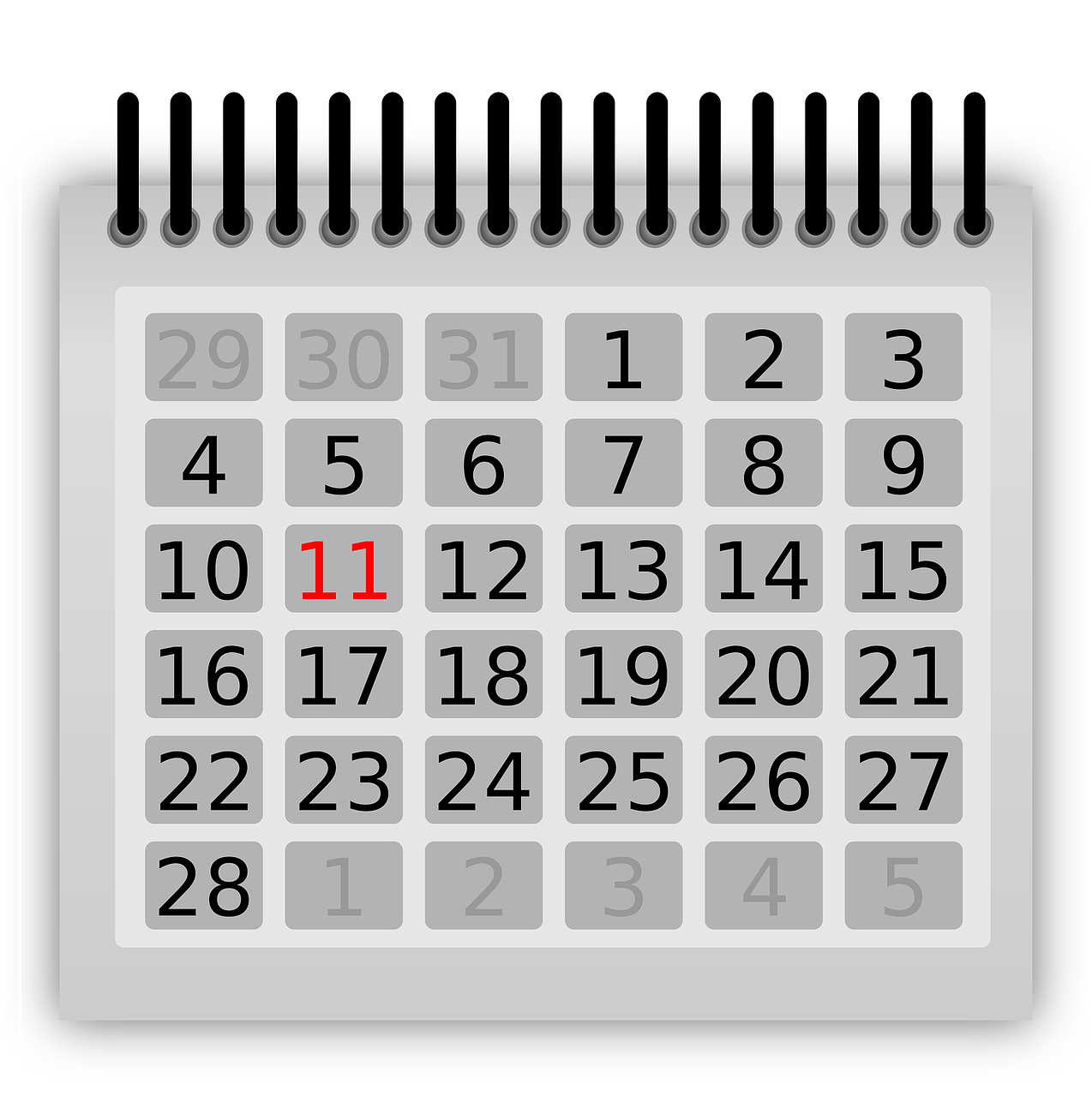February is the only month with only 28 days and the shortest month of the year. The shortness and number of days in February are related to thousands of years old superstition.
One day more in leap years
February has 28 days this year, in so-called leap years, one day more.
Origin from the time of the Romans
The 28 days of February originate from the time of the Romans. Their annual calculation began with March, in Latin “mensis Martis,” the month of Mars.
December, the tenth month
The Roman year had only ten months. Hence the name December for our present twelfth month, which was then the last and thus tenth month: the Latin word “decem” means “ten.”
Two more months
It was not until the Roman king Numa Pompilius that two more months were added to the year, according to tradition, about 700 BC. The goal was better to align the months with the moon’s phases. Thus “Ianuarius” (January) and “Februarius” (February) were added.
January and February as the eleventh and twelfth month
However, these two new months, January and February, were attached to December, according to a report in the Frankfurter Allgemeine Zeitung (FAZ). This means they were not the first two months of the year, as we have today, but the last two.
The problem with the number of days
The year has not exactly 365, but 365,242 days. And a moon phase, i.e. from one new moon to the next, does not last 30 but 29.53 days.
Leap days for whole days
To create the months with whole days only, regular “leap days” must be inserted to meet rounding errors.
The balancing month of February
According to the FAZ, King Numa Pompilius assigned the task of this compensation by leap days to the last month of the year, February.
The Roman year
The Roman year at the time of Numa Pompilius had 355 days, and the months consisted of 29 or 31 days – except for February, with its 28 days.
Superstition about the even numbers
The odd number of days of the months and the year was based on the superstition of the Romans: even numbers were considered ominous.
The month of purification
According to the Romans, the month of February could cope with the alarming even number of days – because it was the month of the purification ritual called “Februa.” As a month of purification, it had enough positive energy to avert the misfortune of the even number of days, according to superstition.
Calendar reform under Julius Caesar
Over time, January and February became the first two months of the year. Under the calendar reform by Roman Emperor Julius Caesar in 45 BC, the year received its current number of 365 days, according to FAZ.
Leap day month, February
February remained the shortest month even under Caesar and became the month of leap days – every four years, Caesar assigned it 29 days instead of only 28.
Also astronomical reasons
That February is still the shortest today also has astronomical reasons.
The shorter winter half-year
Due to its orbit, the earth is closer to the sun in the first months of the year, January and February. According to Kepler’s second law of planetary orbits, it also moves faster. Consequently, the winter half-year is shorter than the summer half-year here in the northern hemisphere. Therefore, it also makes sense from an astronomical point of view to place the shortest month in this part of the year.
- source: FAZ.de/picture: Bild von Clker-Free-Vector-Images auf Pixabay
This post has already been read 2588 times!



